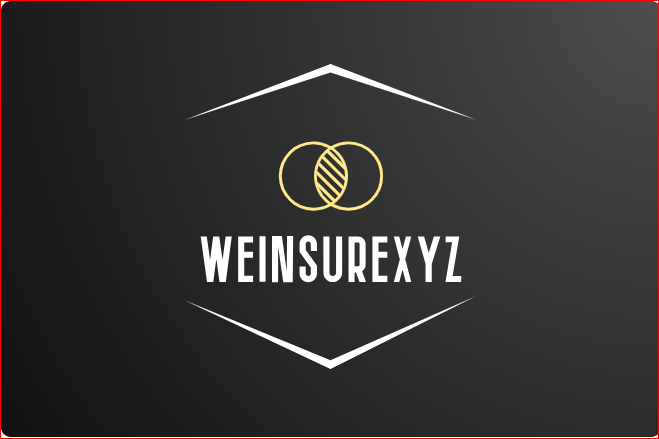Want to learn how to get started selling on Etsy? Whether you sell handcrafted goods, crafting materials, vintage finds from yard sales, or other items, this guide will assist you in launching your Etsy online store.
Etsy is an online marketplace where sellers can establish virtual stores, price items, utilize free business management tools, and get help when necessary. In 2014, Etsy facilitated $1.9 billion in sales between 22 million buyers. Opening a shop is straightforward, but these tips can help you determine if Etsy is a good match for your business and understand the different facets of the platform.
Evaluating if Your Products Are a Good Fit
Unlike some other online marketplaces, your merchandise must fall into one of three categories on Etsy: handmade products, craft supplies, or vintage items.
Handmade goods are designed or produced by the seller. If you get help making the items, you need to identify that person on your “About” page. If you have a manufacturer produce your designed item, you must apply for outside manufacturing and choose a manufacturer that follows Etsy’s ethical manufacturing principles.
Craft supplies can be either handmade or commercially manufactured products. This group includes tools, materials, and components used to create handmade goods.
Vintage products must be at least 20 years old. Both commercially made and handcrafted items can be sold in this category if they meet the minimum age criteria.
While Etsy’s policies are flexible, some things are prohibited from being sold:
-
You can’t sell handmade products unless you directly participate in making or designing them. In other words, you can’t buy handmade goods from someone else and resell them.
-
You can’t sell items promoting violence, illegal activities, or hate.
-
You can’t sell products with mature or pornographic content.
-
You can’t sell hazardous materials or recalled products.
-
You can’t sell weapons, including firearms.
-
You can’t sell drugs, drug paraphernalia, tobacco, alcohol, or products making medical claims.
-
You can’t sell animals, items with endangered animal parts, ivory, dog/cat-derived items, or items with human remains besides teeth.
-
You can’t sell a service that doesn’t provide a new, tangible product.
-
You can’t sell something violating another’s intellectual property rights.
Get Started Selling on Etsy Store
To establish your store, you first need to register and set up an account. You can sign up by filling out a form or using your Facebook or Google profile. When registering, you’ll be prompted to choose your username; this will become your shop name, so pay close attention to this decision.
You want to pick a creative, distinctive name for your shop. Aim for a memorable name, conjures up an image, or describes your products. Let your shop name reflect your style. If you offer a certain product type, consider including it in your shop name.
When setting up your store, you’ll need to select which payment methods you’ll accept and how you’ll pay your fees.
-
Direct Checkout payment options include PayPal, credit/debit cards, Google Wallet, and Apple Pay.
-
Payments are disbursed on a schedule based on the seller’s country. For U.S. sellers, disbursements are normally every Monday.
-
Direct Checkout payments incur a fee of $0.25 plus 3% of the transaction total for U.S. sellers. Fees vary by country, so verify your country’s fee when registering.
-
You don’t have to use Direct Checkout. You can choose to accept money orders or checks by mail, and other options may be available depending on your country.
-
To get Direct Checkout payments, you’ll need to verify your identity and provide a credit card, bank account details, and residential address.
As a seller, you’ll be charged two other fees. Each listing, lasting up to 4 months, is $0.20. When you make a sale, you’ll be charged 3.5% of the total as a transaction fee. To pay your processing, listing, and transaction fees, you typically need to provide a debit/credit card, but you may be able to use your PayPal balance.
You’re now ready to list products, which involves uploading photos and writing descriptions. Use original images and accurately portray your items.
More tips, tools, and assistance can be found on the site. Learning all you can before opening your shop makes starting as a seller easier and faster.
Should Etsy Sellers Get Insurance?
Etsy sellers are not explicitly required to have insurance by the platform itself. However, obtaining insurance is strongly recommended for several reasons:
- Protection of Assets: Insurance can protect your business assets, such as inventory, equipment, and supplies, in case of unexpected events like theft, damage, or loss during transit.
- Liability Coverage: As a seller, you may be liable for injuries or damages caused by your products. Liability insurance can cover legal fees, settlements, or judgments if you’re sued for bodily injury or property damage resulting from your products.
- Business Interruption Coverage: If your business operations are disrupted due to unforeseen circumstances (e.g., natural disasters, fire), business interruption insurance can provide coverage for lost income and ongoing expenses during the downtime.
- Peace of Mind: Having insurance gives you peace of mind knowing that your business is protected against unforeseen risks, allowing you to focus on growing your business without worrying about potential financial setbacks.
While Etsy doesn’t require insurance, it’s essential to assess your business’s needs and risks and consider obtaining appropriate coverage. Consult with insurance professionals to explore insurance options tailored to your business and industry.












